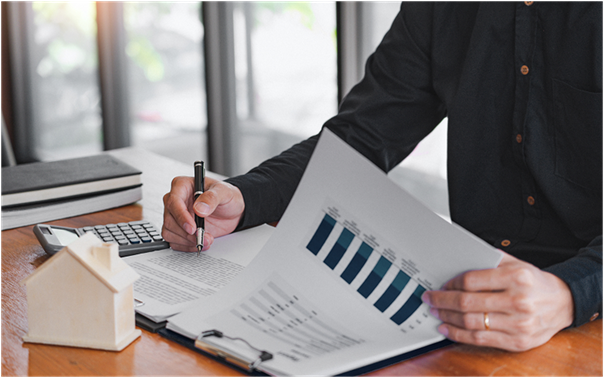Property decisions in Singapore often carry price tags worth millions. Whether buying, selling, or refinancing, those decisions hinge on a number hidden inside a document: the valuation report. These reports provide a figure and explain how a property value was determined, using data, comparisons, and professional judgment. For many, valuation reports appear to be dry paperwork. Yet behind the charts and disclaimers lies insight that can make or break negotiations. To uncover the bigger picture, let’s explore expert opinions, insider secrets, hypothetical scenarios, and hidden features that reveal why these reports are far more important than most people think.
What Professionals Really Say
Ask any seasoned valuer and they’ll confirm: a valuation report is a structured document built on evidence, covering recent comparable sales, current market trends, rental yields, and the specific features of the property. Accredited professionals follow international and local standards to ensure accuracy and transparency.
Bankers view these reports as safeguards. When issuing loans, they rely on valuations to limit risk. Buyers see them as a compass, helping them avoid overpaying. Sellers use them to set realistic expectations. Policymakers even draw on valuation insights to monitor market health.
Experts also stress that valuations are snapshots in time. A property value today may shift drastically if infrastructure projects are announced nearby or government cooling measures change demand. Reports must therefore be revisited periodically, especially during volatile markets.
This diversity of professional perspectives underscores the influence valuation reports hold for individuals and for the wider real estate ecosystem.
What Reports Don’t Shout About
Valuation reports are transparent, yet some details require a careful eye. One secret is the influence of assumptions. Reports often assume clear legal titles, no encumbrances, and compliance with zoning laws. If these conditions aren’t met, the stated property value could be misleading.
Another insider tip is that not all comparables carry equal weight. A nearby sale might look relevant, but if the property was under distress or sold between related parties, the transaction may not reflect true market value. Skilled valuers adjust for these anomalies, but readers must still question the sources.
Reports also reveal risks indirectly. Notes about “market volatility” or “limited data” signal uncertainty. Such caveats are vital for investors deciding whether to proceed. While the headline number draws attention, the disclaimers often contain the most critical insights.
Finally, valuers sometimes include sensitivity analyses. These sections show how changes in rental income, discount rates, or occupancy could impact future values. Few readers examine them closely, yet they provide a sneak peek into how resilient the valuation is under shifting market conditions.
Imagining the Alternatives
Imagine you’re selling a condominium in a popular district. A valuation report pegs the property value at $1.5 million. What if the report didn’t exist? Negotiations would likely swing wildly, with buyers lowballing and sellers inflating prices. Banks would hesitate to lend, and deals might collapse.
What if valuations were purely algorithmic? Automated models could churn out numbers instantly, but they might misjudge unique features like a penthouse view, bespoke renovations, or a heritage façade. Without human expertise, nuance is lost.
What if reports ignored future developments? In Singapore, infrastructure changes can transform neighbourhoods. Without considering these factors, valuations risk underestimating long-term potential.
These scenarios provide a structured, evidence-based approach that avoids chaos, accounts for unique features, and considers broader market forces. Without them, both buyers and sellers would operate in a fog.
Details That Add or Reduce Value
Valuation reports often expose features buyers overlook. Lease tenure, for instance, has a direct impact on property value. A 99-year leasehold property nearing its halfway mark may see value decline faster than expected.
Reports also account for building conditions. A fresh coat of paint may hide structural wear, but valuers note issues like dampness, poor plumbing, or outdated wiring. These hidden flaws quietly shave dollars off the valuation.
On the flip side, small upgrades can add value. Energy-efficient systems, quality flooring, or well-maintained communal facilities often push valuations upwards.
Another hidden element lies in risk assessments. Reports may highlight exposure to flooding zones or construction nearby. Such details affect value today and over the property’s lifetime.
More Than Just a Number
Valuation reports may look like technical paperwork, but they influence billions of dollars in Singapore’s property market. For anyone buying, selling, or financing, these reports are the foundation of informed decisions. The next time you see a valuation report, don’t skim it. Read it carefully, question its assumptions, and use it as a strategic tool. After all, property is about numbers, context, and clarity.
Planning a property move? Reach out to CKS Property, request detailed valuation reports and understand the full picture behind your property value today.








Comments